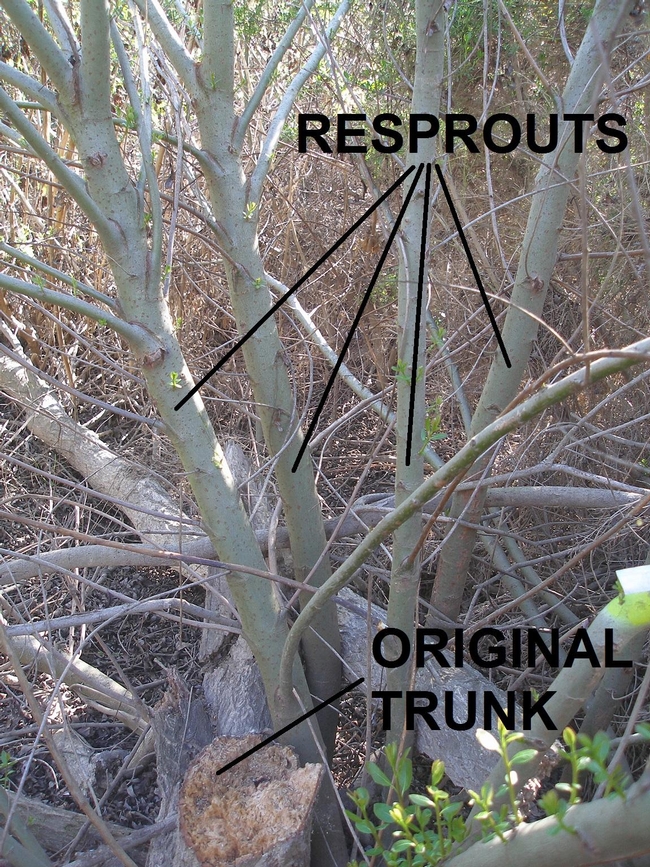Natural Resources Advisor, UC Cooperatiove Extension
With a finding in the KwaZulu National Botanical Gardens reported in November 2017, the invasive shot hole borer (ISHB) (polyphagous and Kuroshio borers)/ fusarium dieback pest disease complex is now known to be found on three continents. Native to parts of Asia – polyphagous SHB comes from Vietnam, while Kuroshio SHB is native to Taiwan – the problems has spread to Israel, the US, Mexico, and now South Africa. Since first being discovered, PSHB has been identified in urban areas in parts of the country that are several hundred miles apart – from Durban on the east coast to the large metropolitan area of Johannesburg further north, with the Botanical Garden in-between. Samples from the city of George, in a region on the southern coast known as the Garden Route, are currently being analyzed. South Africans are very concerned about the potential to damage their extensive urban forests and are developing a national surveillance and management plan. KwaZulu National Botanical Garden is part of the International Plant Sentinel Network, where exotic species are grown to provide an early warning system for emerging pests. The US counterpart if the Sentinel Plant Network run by the American Public Gardens Association and the National Plant Diagnostic Network. Finding this pest serves as a case in point on the value of these kinds of international networks in the battle against invasive pests.
Closer to home, there is actually, potentially, maybe some good news from the Tijuana River Valley. This is the valley that has been the hardest hit by the KSHB. In 2015 the natural willow forests were tall and lush and then just a few months later they were devastated - the before-and-after photos of this event have become iconic. John Boland, a researcher working in the Tijuana River Valley reports that in areas that were severely damaged by the pest, the willows are now vigorously recovering. They are growing back from their stumps via long re-sprouts, and this new growth is not showing signs of attack. Surveys in 2017/18 found a 6% median infestation rate, down from a 97% infestation rate observed in 2015/16. The initially observed high infestation rates in the wet forest areas may have been influenced by extremely high sewage pollution into the Tijuana River, and these high infestation rates are unlikely to occur elsewhere. Boland's “soft tree hypothesis” states that willows growing in nutrient enriched waters grow quickly, laying down wood with low density and high water content, i.e., they have ‘soft' wood. This kind of growth promotes beetle infestation, as it's easy to create tunnels, and favorable for the fungal symbiont. Willows growing elsewhere would have ‘hard' wood and suffer fewer beetle attacks. His initial data analysis supports this hypothesis. If true, this would mean that riparian areas with higher quality water could see much less severe infestation. It will be interesting to observe variations in infestation ecology around the region. Damage to avocado groves in California appears to be less severe than initially anticipated – I hope the same is true for natural areas.
Boland, J.M. 2018. The Kuroshio Shot Hole Borer in the Tijuana River Valleyin 2017-18 (Year Three):
Infestation Rates, Forest Recovery, and a New Model. Final Report for US Navy, US Fish and Wildlife Service and Southwest Wetlands Interpretive Association. 74 pages.
Photo: A typical resprouting arroyo willow. The original trunk is large, broken and riddled with KSHB holes. At the time of the photo, the four vertical resprouts were growing strongly and had no KSHB holes. (John Boland)
Attached Images:
